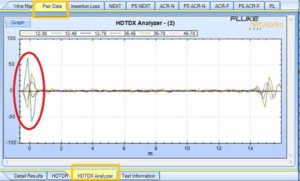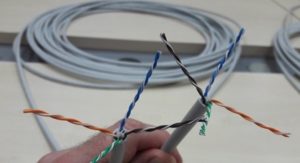Cat.6A UTP NEXT Troubleshooting
26.12.2019
Now Cat.6A unshielded solution stays more popular and we have some questions concerning NEXT (Near End Crosstalk) Troubleshooting. Especially it can be an issue for companies, who only starting to work with solution Cat.6A UTP.
But for the beginning, let’s remember, what is this NEXT.
This stands for near-end crosstalk and it occurs because alternating current flow produces an electromagnetic field around the cable. This field then induces a current flow in adjacent cables. The strength of this field increases with the frequency of the signal and because the speed of data transmissions is ever increasing.
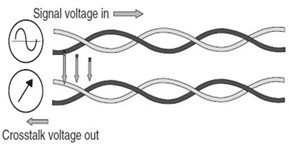
The twists in a cable help to cancel out the effects of NEXT and the more twists there are, the better the cancellation. The twist rates are also varied for each pair within the cable to help combat crosstalk.
Accordingly, it is important to maintain the geometric characteristics of the cable, during the cable installation and the module cable installation.
We can use certification test equipment for testing like Fluke DTX/DSX, WireXpert, etc. In case the installer was getting a large number of NEXT failures when trying to certify a number of Category 6A Permanent Link, then you can use the HDTDX ANALYZER to discover why and where these links were failing.
On picture ahead, you can see that the largest source of crosstalk occurred in the first connector, at 0.0 meters for pairs 12-45. The value should not exceed 35 units. Obviously, that has been exceeded. Looks like the near end connection needs to be reterminated. Solution Cat.6A UTP is very sensitive to the termination quality.
Let’s see on termination critical points.
The standard ANSI/TIA-568-C.0 allows 13mm (0.5”) the maximum pair un-twist for the balanced twisted-pair cable termination, but as practice shows, sometimes this is not enough. The amount of untwist should be kept to a minimum.
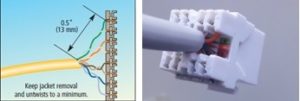
It is also very important not to allow unnecessary twisting different pairs between each other in the module. Often, with the correct location of the cable, you only need to exchange for two pairs. Note that the pairing is mirrored at the different ends of the same cable. Therefore, different pairs will be exchanged.
In the photo above, you can see two ends of the same cable, orange pair and brown are arranged differently.
Now it is important to arrange the cable so that only two pairs are exchanged for termination. On the photo below, the brown and green pairs are exchanged.

Well, the outer sheath of the cable should also be removed at a minimum.
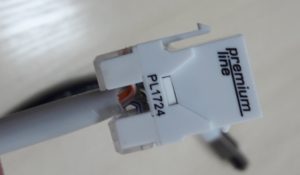
We hope that these recommendations will help you to install unshielded SCS Cat.6A without any problems!

